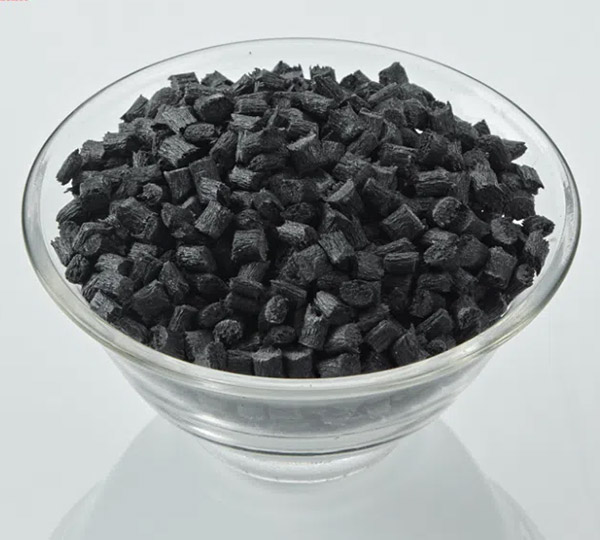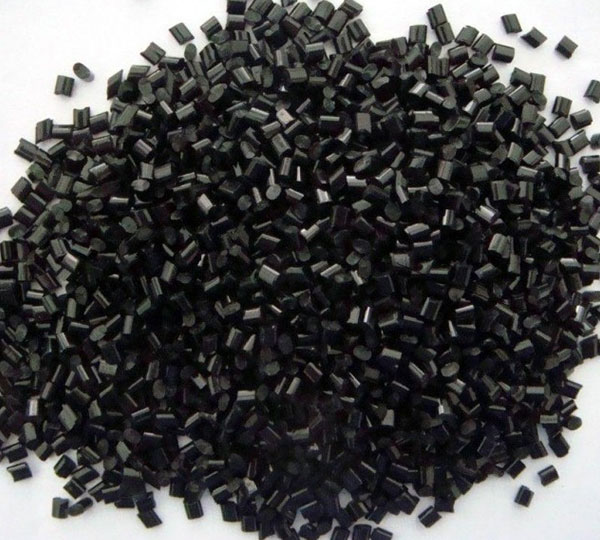
CNCJY PPE/PS Service
PPE/PS is engineered to offer high heat resistance, and excellent chemical resistance, and is a non-halogen flame-retardant. Our PPE+PS is an engineering-grade material that is ideal for some of the most demanding applications. Contact a CNCJY representative for assistance in selecting the best material for your application.
About PPE/PS
Polyphenylene ether and polystyrene are combined to form PPE-PS. PPE is a high-performance thermoplastic having a high glass transition temperature of 215 degrees Celsius, making it an amorphous material. Expanded foam polystyrene is widely utilized in the packaging industry. There are both solid and transparent varieties. PPE is rarely utilized on its own because of processing constraints brought on by its poor molten flowability. To make it more workable, it is often mixed with polystyrene. Any amount of PS can be added to PPE. Increasing the amount of polystyrene tends to lower the glass transition temperature. Glass fiber is just one example of an addition that can be used to boost a material’s mechanical qualities. Injection molding, blow molding, extrusion, and 3D printing are all viable processing methods for PPE-PS.
Properties of PPE/PS
PPE-PS has excellent mechanical strength, moisture resistance, and impact resistance all around, and is also a ductile and impact-resistant material. Key PPE-PS physical properties are summarized in the table below.
| Density(g/cm3) | Glass Transition Temperature(C) | Melting Point(C) | Tensile Strength (MPa) | Modulus of Elasticity(GPa) | Flexural Strength(MPa) | Flexural Modulus(GPa) | Impact Strength(kJ/m2) |
|---|---|---|---|---|---|---|---|
| 1.07 | 215 | 200 | 72 | 2.2 | 109 | 2.54 | 6 |
What are the Advantages of PPE/PS Plastic
PPE-PS is an amorphous material that is robust and ductile, with low shrinkage and creep even when heated. At higher temperatures, PPE-PS demonstrates excellent hydrolytic stability. It can withstand a variety of acids, bases, and other aqueous chemicals without much damage. UV light has no effect on PPE-PS (rated F1 as per UL 746C). It is classified as flame resistant to the UL94 V-0 standard. PPE-PS is able to make pieces with high quality surface finishes and is easily painted.
1. Good balance of properties, tailorable heat resistance, good hydrolytic stability, high dielectric strength and optional non-halogenated flame retardants in low specific gravity materials. Can be designed to replace stamped steel, die cast metal and brass in functional assemblies, compatible with a variety of filler technologies to further customize desired properties. Stiffness and Strength High stiffness, tensile and flexural strength, even at elevated temperatures, with a gradual decrease in modulus with increasing temperature is a key advantage.
2. Due to the inherent high heat resistance of the material, it has good creep resistance even at high temperature, which can be improved by adding various filler systems.
3. Impact strength, predictable impact strength, almost unaffected by humidity.
4. Good electrical properties High dielectric strength and excellent electrical properties.
5. Has good flame retardant, halogen-free flame retardant grade, helping the product meet a wide range of environmental standards, including UL94V-0. In addition to low toxicity according to GEI 02.37.2, select grades have been designed to meet low smoke requirements in the transport segment.
6. Chemical resistance, generally good resistance to acids, alkalis and many cleaning agents.
7. Excellent hydrolytic stability, water absorption in any engineering thermoplastic.
8. Low mold shrinkage, good dimensional control with very low mold shrinkage coefficient.
